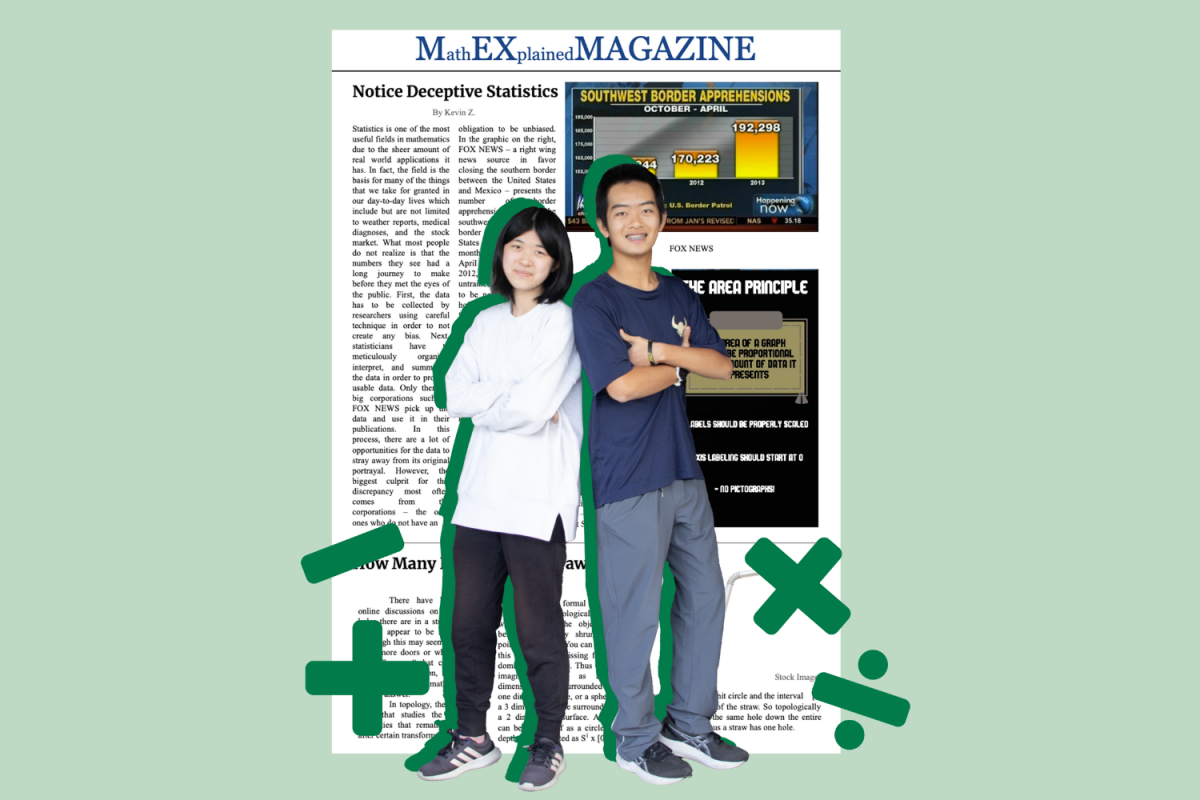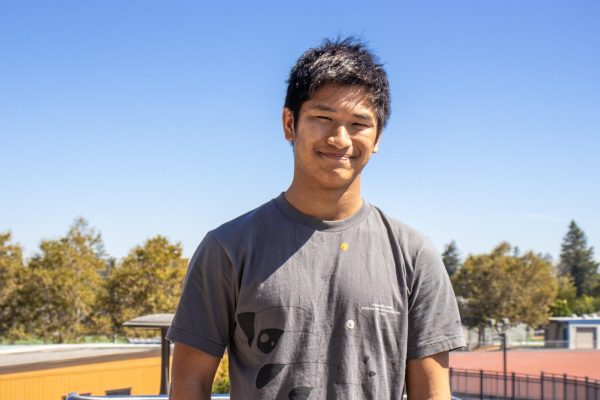In a world where the constant buzz and glow of notifications have become the background noise of daily life, the idea of unplugging feels like a breath of fresh air. But for many, completely removing themselves from the digital world is not just difficult — it’s impossible. As digital detoxes gain mainstream popularity, a hard truth must be acknowledged: the ability to disconnect is often an infeasible solution for the majority of the student population.
Despite this, it is crucial to acknowledge that the overuse of digital devices is a prevalent issue in today’s society, especially among young teens. Growing up inseparable from phones has caused much of the younger generation to feel the effects of digital addiction more heavily.
“There is an almost biological-like need to continue engaging with social media,” school psychologist Brittany Stevens said. “But digital devices are not necessarily fulfilling or sustaining in the way other activities can be.”
Spending extensive time online can cause problems like anxiety, sleep deprivation and low self-esteem, raising concern about how students can be prevented from overusing this privilege. According to a 2023 poll from the Gallup Familial and Adolescent Health Survey, American teenagers spend an average of 4.8 hours per day on social media.
“When you’re on social media, you’re constantly comparing yourself to the people and influencers you see,” English teacher Joanna Chan said. “It’s a lot of content, so I think there’s a benefit to having a moment for quiet introspection.”
Digital detoxes — periods of time in which an individual completely removes themselves from their devices — have been a popular proposal to improve social media habits, with many believing that taking a step away from devices can solve addiction. Partial digital detoxes involve placing limits on time spent online, such as screen time limits, but are not an absolute separation.
Students, in particular, face growing pressure to unplug. Some parents send their children to digital detox camps, where devices are banned, costing up to $7000. Even without parental intervention, students may voluntarily engage in digital detoxes, encouraged by social media’s negative effects on their own mental health.
“It’s an addiction,” said senior Sanya Badhe, who participated in a 2-month social media detox in February. “You don’t realize how bad it is until you try to quit. At first, I didn’t even notice my fingers would just keep going to YouTube. It was muscle memory.”
Although many have pushed for the adoption of digital detoxes in daily life, it is essential to recognize that technology is far too integrated in modern society to disconnect entirely.
“Digital detoxes are tough, and the only way it will really have an effect on a large scale is if it was universally applied,” Stevens said. “It’s socially stunting to be the only kid who can’t use their phone or social media.”
While detoxes are praised for improving mental health by reducing phone use, they aren’t always a straightforward solution. In a study done by Oxford University, results show no evidence that digital detoxes have a positive effect on individuals at all. Participants reported “similar well-being” on both days with and without social media; instead of increasing face-to-face interactions, the study found that social interactions actually decreased during the detox period. Rather than equating the entire issue to technology, individuals should shift their focus to moderating screen time and setting clear boundaries with their devices.
“It’s the main way people connect, especially with strangers,” Badhe said. “If you go out, nobody asks for your phone number. They say, ‘Hey, can I get your Instagram?’ It’s hard to completely just remove that portion from your life.”
This finding highlights a significant disparity in the conversation around digital detoxes: the assumption that disengaging from technology leads to improved well-being and social interaction. In reality, the relationship between an individual and their device is much more nuanced. Students are expected to be active on their devices at all times, whether for digital assignments, important announcements or checking emails from their teachers about changing deadlines. In many cases, such as with dual enrollment, teachers and students communicate exclusively online, making constant connectivity a requirement for academic success.
“With group projects, social media allows you to communicate while avoiding sharing too much personal information like your phone number,” Chan said.
Moreover, students involved in leadership roles or extracurricular activities often rely on platforms like Messenger or Discord to manage groups for important updates. For club officers and students who run business accounts, staying engaged with members and customers is a key part in building community and being a leader, making social media an unspoken requirement.
“I feel that it’s naive to say that you should be able to function without a phone,” Stevens said. “You literally have a computer in your pocket. We’re lucky to have that much information and content.”
Additionally, the ability to disconnect is also closely tied to socioeconomic factors, according to a study done by the Pew Research Center. Higher-income individuals often have the privilege of stepping away from devices without risking work opportunities. Yet, for lower-income individuals, such as students with part-time jobs where being online can mean missed shifts, being connected is a necessity. Digital devices serve as a lifeline, whether for job searching or access to essential government services like healthcare and banks.
“It’s definitely easier to run company logistics with digital devices,” said sophomore Hannah Huang, a digital detox participant and part-time worker at a café. “If we were still in the age where you had to walk into a place with a resume, I would not have been able to get a job.”
As society continues to navigate the complexities of the digital age and technology advances, conversations surrounding them must also evolve. In place of mindless scrolling on platforms like TikTok and Instagram, students should create positive environments through interactions like commenting supportive messages on content. Intentional use allows devices to become a tool for support and community as opposed to getting lost in social media feeds.
“People have to regulate themselves and have self-discipline,” Chan said. “There are times where you need to be on social media, but there’s also times where it’s okay to step away.”
Rather than a complete disconnect from technology, students should take the responsibility of balancing academics and the need for social media in their daily lives. Using features like “Do Not Disturb” or various apps designed to increase productivity can help students designate times for their school work without falling into hours of doom-scrolling.
“You want people to make good decisions that are healthy for them,” said Stevens. “You want them to do some self-reflection about how they engage in digital devices. A digital detox is tough — the only thing that will really have any effect on it being possible, on a large scale, is to have it be universally applied.”





































































